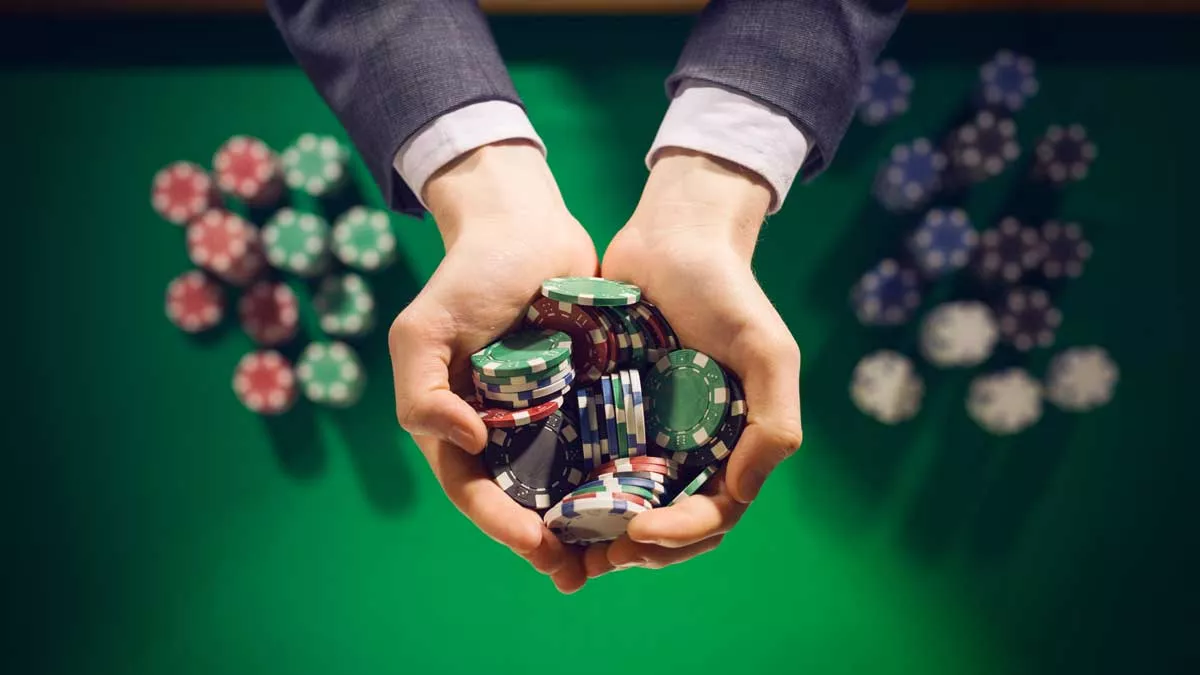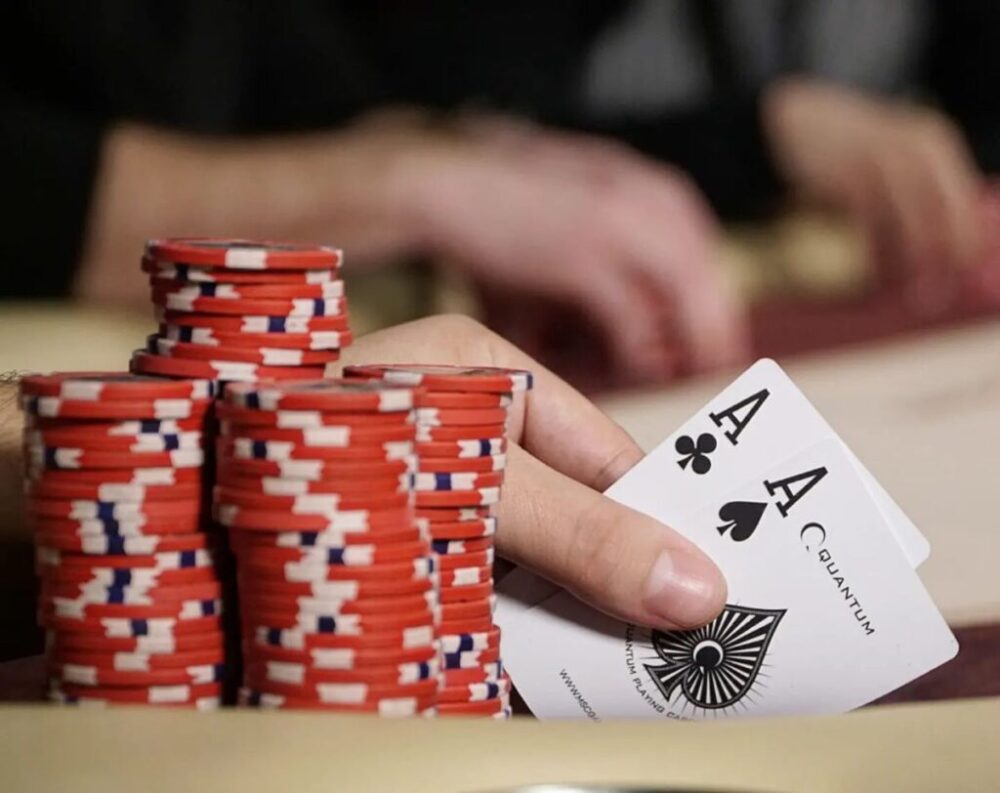
Poker is one of the most popular card games and has been a staple in the gambling industry for centuries. At its core, poker is a game of skill, strategy, and psychology. While many elements contribute to success in poker, one of the most critical skills is the art of bluffing. In this article, we will explore the psychology, strategy, and execution of bluffing in poker.
Understanding the Psychology of Bluffing
Bluffing in poker is essentially the act of pretending to have a better hand than you actually do. The goal of bluffing is to make your opponents fold their cards, allowing you to win the pot without having to show your cards. However, the success of a bluff depends heavily on the psychology of your opponents.
One of the most crucial aspects of bluffing is the ability to read your opponents. By observing their behavior, you can gain insight into their thought process and determine whether they are likely to fold or call your bluff. Some common signs that an opponent may be vulnerable to a bluff include hesitation, a lack of confidence, or a tendency to fold easily.
Developing a Bluffing Strategy

Effective bluffing requires a well-crafted strategy and knowing the psychology of poker that takes into account the specific dynamics of the game. One key element of a successful bluffing strategy is timing. Bluffing too often or too early in the game can quickly backfire, as opponents may catch on to your tactics and adjust their play accordingly.
Another critical aspect of bluffing strategy is the ability to choose the right opponents. Bluffing is most effective against players who are risk-averse or inexperienced. Conversely, attempting to bluff a seasoned player who is skilled at reading opponents is much more challenging and often not worth the risk.
Executing a Successful Bluff
Once you have developed a solid bluffing strategy, the execution is the final piece of the puzzle. Effective bluffing requires a combination of confidence, acting skills, and a well-timed bet.
First and foremost, it’s essential to maintain confidence throughout the bluff. If you appear nervous or unsure, your opponents may sense weakness and call your bluff. Additionally, acting skills can be helpful in convincing opponents that you have a strong hand. This may involve displaying a bit of bravado or appearing nonchalant when placing your bet.
Finally, timing is crucial when executing a bluff. A well-timed bet can create the impression that you have a strong hand, forcing your opponents to fold their cards. However, mistiming your bluff can quickly lead to disaster, as opponents may call your bet, leaving you with a weak hand and a significant loss.
Looking for a platform to practice your bluffing skills? Join Pin Up Casino’s poker tables and try out different strategies to improve your game!

Conclusion
Bluffing is a critical component of any successful poker strategy. By understanding the psychology behind bluffing, developing a solid strategy, and executing your bluffs with confidence and precision, you can gain a significant advantage over your opponents at the table. However, it’s essential to remember that bluffing is just one aspect of the game, and relying too heavily on this tactic can quickly lead to losses. As with any skill in poker, practice, patience, and experience are key to becoming a master of the art of bluffing.








